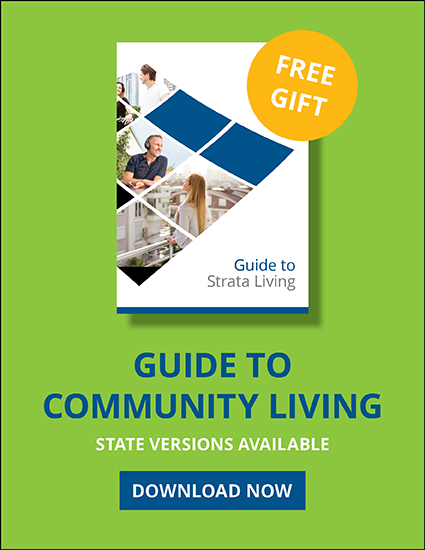When it comes to prioritising the most important tasks undertaken by strata residents, keeping worldly possessions safe is about as important as paying the mortgage.
It’s imperative to recognise, however, that while many multi-tier apartments or townhouses may have additional security measures or static or human gate keepers, they are just as susceptible to unwelcome intruders as any other Australian home.
According to the Australian Institute of Criminology (AIC), house break-ins – both of units and stand-alone variety – are the most common household crime perpetrated in Australia.
Yet victims of this crime are forced to confront much more than just losing their possessions to the thoughtless perpetrators, with most residents feeling their sense of security and trust in the area in which they live also compromised.
Expert tips
- Re-key your locks (even if it’s a new property) – Don’t assume that every former owner or renter of your apartment or town house is as trustworthy as you are
- Consider installing a Smart Lock which can be controlled remotely by using an app or keying in a secured pin number, provided the by-laws and fire regulations allow
- Get to know your neighbours – Another set of eyes on your property is never a bad thing
- Avoid hiding your key under the mat – Try instead getting a magnetic key box that attaches to the underside of your car
- Take out home and contents insurance – If the worst happens, you don’t want to be lumped with full replacement cost.
Who is responsible for strata security?
As far as the law is concerned, the obligation for security in a strata scheme usually falls to both the owners and management.
The onus is on the owners corporation to take responsibility for the security of common areas such as lobbies, carparks and pool or barbeque areas.
In the case of larger schemes, closed-circuit television cameras (CCTV), key-card access, intercoms, secure parking and security guards are often used for protection.
It falls to owners and occupiers to ensure the security of their individual units or housing through the use of fire safety compliant, secure and lockable doors and to ensure window locks are utilised.
Utilising CCTV cameras is another way to increase security in strata residences however the type and position of the cameras will vary from scheme to scheme dependent on their individual by-laws.
In smaller schemes those same by-laws can be utilised to restrict access to certain parts of property at different times, such as prohibiting access to pools and BBQ areas before 6am or after 9pm, or placing signage informing visitors of their obligations with regards to noise.
How common are break-ins?
While they are not broken down into dwelling types, figures from the Australian Bureau of Statistics show from 2016 to 2017 an estimated 2.5% of Australian households experienced at least one break-in, yet only 75% reported the incident to the police.
Of the reported break-ins, 74% of the households had property stolen and 49% of the households had property damaged.
In addition, 47% of the households that experienced an attempted break-in reported damage to or tampering with doors or windows and 18% of the households saw or heard someone trying to break-in.
What do burglars look for?
In 2015 a ground-breaking study was conducted of police detainees found guilty of committing breaking and entering offenses to gain their insights on the current state of burglary in Australia.
Researchers Natalie Gately, Jennifer Fleming, Nathalie McGinty and Anthony Scott quizzed nearly 70 detainees to try to determine what made a property a target when it came to would-be intruders.
Their research showed that the top reason given by the burglars for targeting a home was a lack of security. If an opportunity presents itself, such as a key left under a mat or a balcony door left unlocked, they will always take advantage.
It was unsurprising therefore to learn that the problem appears to be quite rampant with two out of every three reporting they had entered the property through an open door or window.
Of equal concern was that three out of every four burglars noted it took them under five minutes to enter a property, and once inside, 69% were out again within 15 minutes.
Possible deterrents
The same study found that a working alarm was found to be an effective deterrent for nearly half the burglars with sensor lights deterring 23%. Having lights on inside put off 19% and having bars on doors and windows deterred 19%.
Unsurprisingly the study found the most effective strategy was for the homeowner to have a dog, with 61% noting they would not touch a house with a dog on the premises.
Strata residents will first need to check their strata’s by-laws to ensure they permit keeping a pet.
To discuss your property’s strata management needs or receive a FREE management proposal contact our friendly team. We also offer more helpful resources and community living news in our FREE newsletter.








